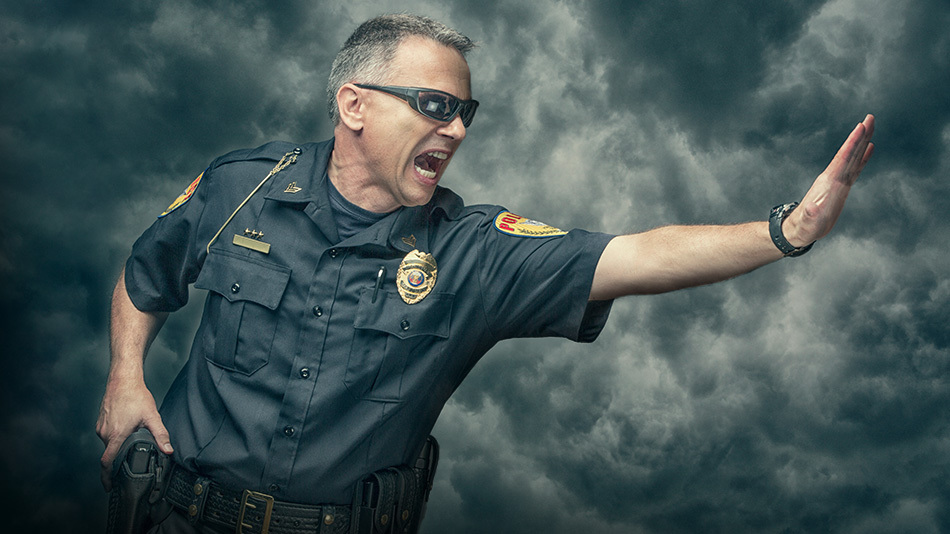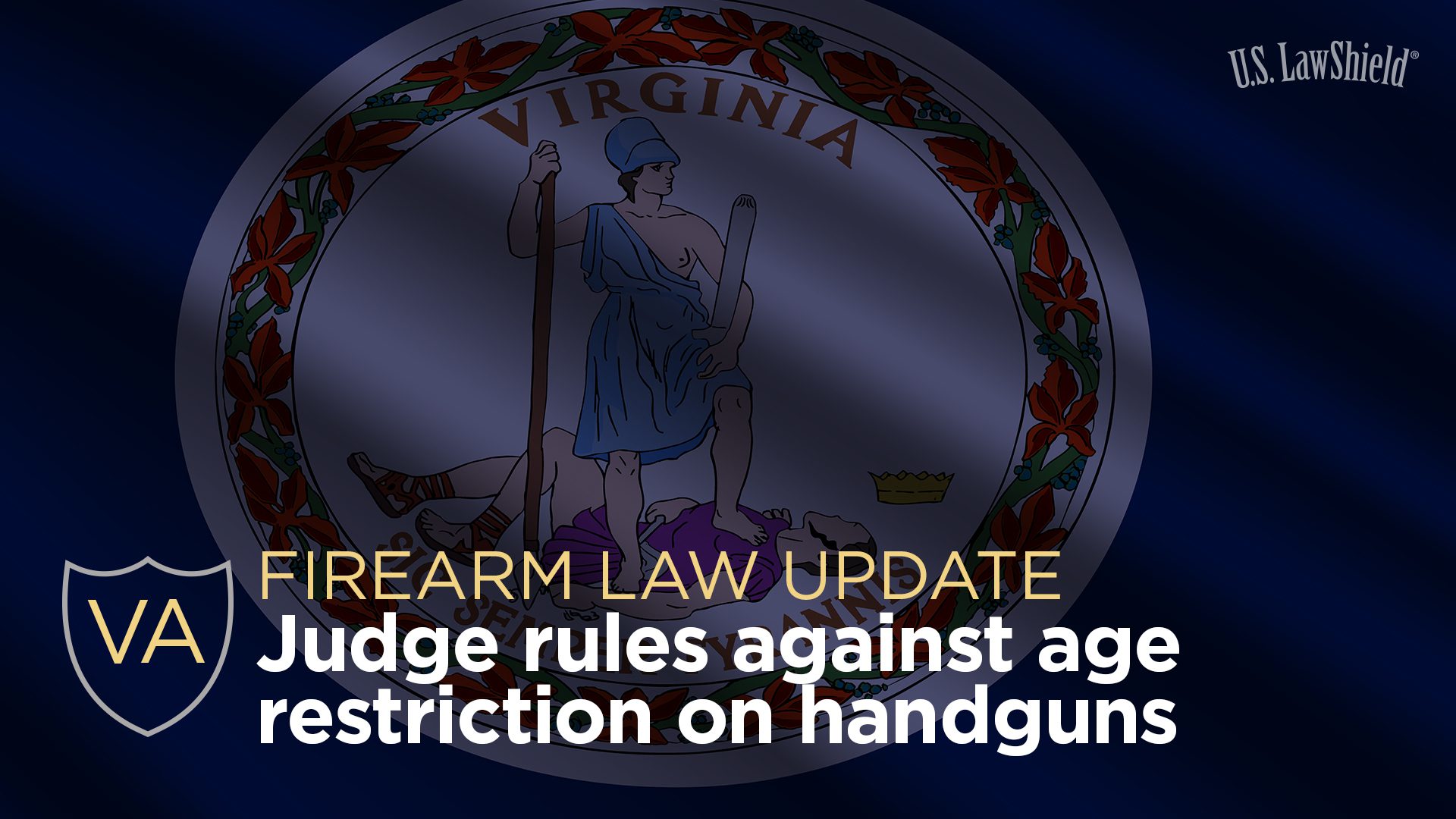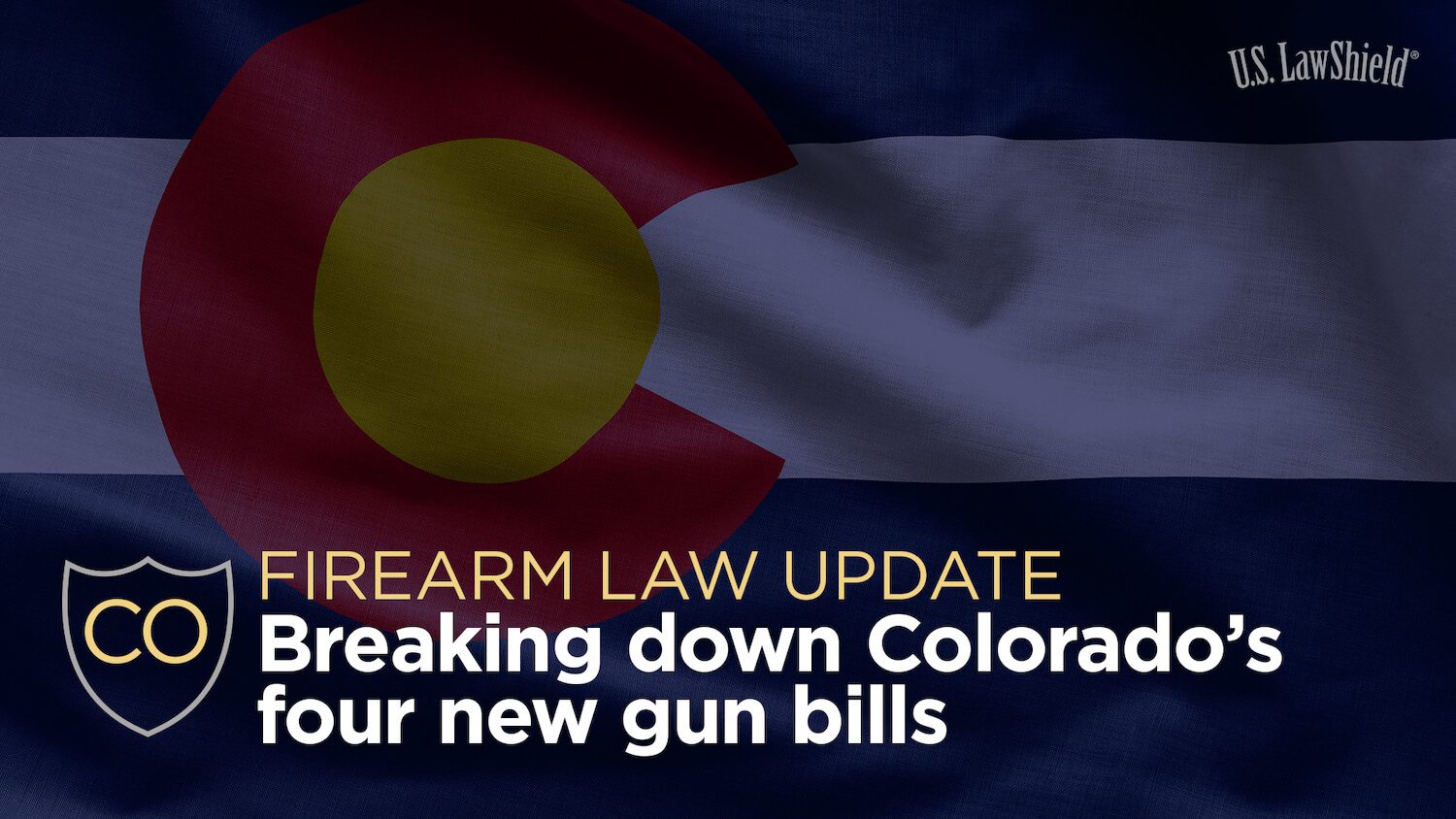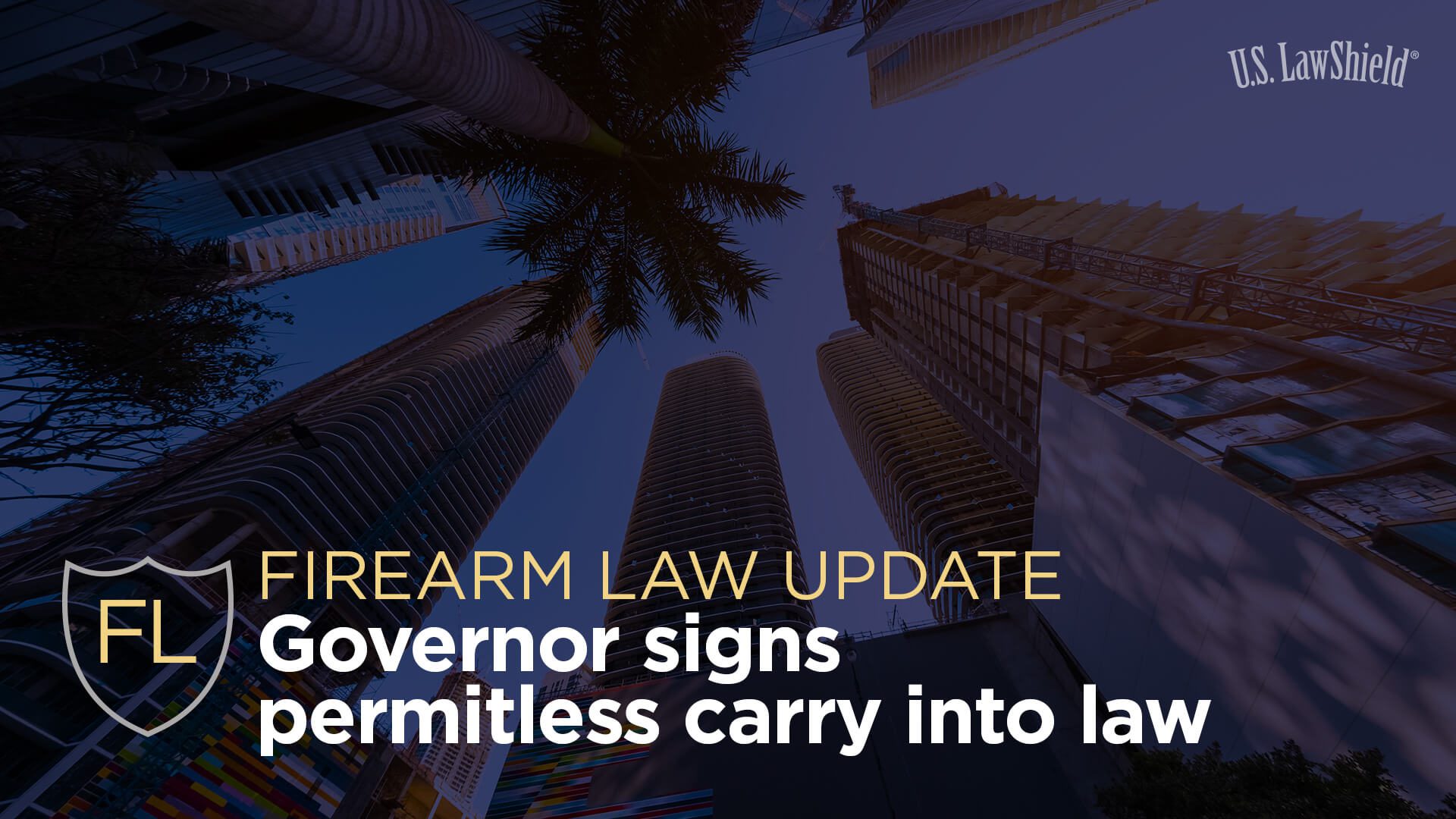
When gun owners and shooters talk about the 21-foot rule, most are actually referring to the “Tueller Drill,” which was not a rule at all and which now confuses a lot of well-intentioned gun owners. What is the so-called "21-foot rule?" Where did it come from? What does it mean for the civilian gun owner? These questions and more need to be addressed for the safety of concealed carriers everywhere, so here goes:
What Is the 21-Foot Rule?
My first introduction to this topic came about 25 years ago while attending the sheriff’s academy. I remember the class and, more important, the video, “Surviving Edged Weapons.” The video and instructional seminars were based on research by Salt Lake City trainer Dennis Tueller. The “21-Foot Rule” was a measure of distance that related to the time it would take an officer to recognize a threat, draw a sidearm, and fire two rounds center mass against an attacker charging with a knife or other stabbing weapon.
To be clear, this article is not intended to be a guide to law enforcement training. The ultimate purpose is to give some real-world guidance to the nonprofessional concealed gun handlers.
Examination
The first issue I have with the 21-Foot Rule is the belief that it is somehow rooted in police doctrine or a legal standard. Removing the number “21” and the word “rule” would go a long way toward dispelling the myth. Tueller’s research did not culminate in a rule; you are not suddenly safer at 22 feet than you were at 20. It is important to distinguish that Tueller developed a drill, not a standard.
Just as many firearm enthusiasts insist on the distinction between a "modern sporting rifle" and an "assault rifle," "magazine" versus a "clip," and a dozen other examples of firearms terminology we could come up with off the top of our heads, I believe we need to properly identify our subject as the "Tueller Drill" and not the "21-Foot Rule." This is not only factually true, it goes a long way toward setting the correct mindset of the civilian gun handler.
Enjoying this content? Find out how you can get more sent straight to your inbox.
Lessons
There were two main conclusions that can be contributed to Tueller’s research.

Tueller’s Drill was set up to train law enforcement.
First, an attacker with a knife could cover 21 feet in about 1.5 seconds.
Second, a heckuva lot of law enforcement officers would be lucky to recognize a threat, unholster their sidearms, and successfully stop threats from being able to deliver blows with a knife in less than 1.5 seconds. This was quite a revelation at the time, and it changed the mindset of a lot of officers.
The mindset was fine, but the lessons that followed… not so much. Tueller’s research revealed training deficiencies of the day. Where it went wrong, in my opinion, was when they started teaching the number over the mindset. I recall this being demonstrated on the range at the academy. A large, intimidating deputy with a rubber knife rushed a student from 21 feet. The deputy did not run, just marched at a quick pace wielding the knife over his head and screaming obscenities.
The student had to recognize the threat’s approach, unsnap his holster, and draw his weapon. He failed. In fact, truth be told, we all failed. Some may have cleared leather and pulled the trigger, but the threat was so close he still would have struck a blow with the knife.
The 21-Foot Lesson was—graphically—received. Unfortunately, at the time, we learned the number more than the correct lesson.
In time, however, we learned to get off the “X” instead of being a static target. Instead of backing up in a straight line, we were taught to react by moving “off-line.” (Attackers in these scenarios may be so enraged they continue on the beeline path instead of tracking you.)
More important, we were taught to read body language, engage situational awareness (which directions could you move off-line, soft and hard cover, etc.), take advantage of reactionary gaps, and use other close-quarters defensive techniques not involving a firearm.
Final Thoughts
Civilian self-defense training should not focus on teaching civilians to be cops or overemphasize instruction in matters of law enforcement. However, I see far too many videos of self-professed firearm trainers, tactical weapons specialists, home defense “experts,” and even a few prior LEOs who teach like they did to officers or cadets at the academy or in the military and not to civilians. Too often, I have heard friends throw out the term “21-Foot Rule” and improperly state it as a threshold of a safe working distance from an attacker.
I hope after reading this that you dedicate some of your concealed-carry training to going beyond the minimum gun-handling skills and—as important—practice your communication skills, turn on your situational awareness, and use good old-fashioned common sense. —By Dave Dolbee, contributor for The Shooter's Log at CheaperThanDirt.com. Used with permission.
Your Protection Starts Here!
The information provided in this publication is intended to provide general information to individuals and is not legal advice. The information included in this publication may not be quoted or referred to in any other publication without the prior written consent of U.S. LawShield, to be given or withheld at our discretion. The information is not a substitute for, and does not replace the advice or representation of a licensed attorney. We strive to ensure the information included in this publication is accurate and current, however, no claim is made to the accuracy of the information and we are not responsible for any consequences that may result from the use of information in this publication. The use of this publication does not create an attorney-client relationship between U.S. LawShield, any independent program attorney, and any individual.




21′ feet in 1.5 seconds is the important aspect to the ’21’ rule’. This is a great visual example to run new shooters through to prove how fast escalation of a threat can occur. I emphasize the need to be out of the holster and prepared to defend if an action is initiated and imminent destruction is approaching. This ‘rule’ allows for the person to be at the ready, rather than in the holster. I’ve met many LEO’s, trained many LEOs (local, state and fed) and none of them believed or were taught that 21 feet was a safe zone or safe distance to be away from a threat. I do not recall Tueller using that as the basis, but I could be incorrect on that one. It’s a great tool to use to emphasize the need to be prepared without escalating the situation.
Agreed. In combat, our ROE changed frequently and just added further restrictions and impacted our reaction times to immediate threat, so we had to integrate the new ROE and negate the additional risk it put on our teams. Situational awareness and assessment is the key as you have stated regarding having your weapon at the ready.
When living in Texas , a Native American retired law enforcement officers who taught self defense trained us that the 21’ rule was the death rule , meaning if you allowed someone to close to 21’ before tacking defensive action you we’re very likely to be mortally wounded or critically wounded , you would more likely to survive buy taking tactical defense action when they close to about 30’ . Not discounting the flight mode completely. Situational awareness , common sense,& remain focused. Please let me know of any thing that you can supply to improve my chances of a successful resolution. Thank you I did enjoy your article. Mac out
I agree. On combat patrols, we did not wait for the enemy to close within 21 feet. They could be 21 meters away or more and we have our weapons at the ready which we do upon initial identification of the threat. This same mindset applies not only to combat missions, but any potential lethal threat situation. The other critical factor that has not been discussed is that a threat rarely ceases to be a threat and is still capable of critically injuring or killing you even after you have hit them. our objective is to stop their forward progress by delivering fire to the pelvic girdle and once immobilized, aimed shots to the head to turn the lights off. Chest shots are not as effective on threats wearing body armor and the pelvic girdle is a large target and easier to hit when the threat is moving as it is their most stable point on the body during movement because it is the center of balance. Folks have critiqued this negatively in the past, but I doubt they have ever been in a gun fight or if they have, they have not employed it to know. I assume that a shot to the heart or the bisection of a major artery still leaves the threat combat capable for a minimum of 30 seconds before the shades close. Anything less than that and you have a threat that will be in the fight for minutes, or even hours. Unfortunately, this information is not widely known by the general public that operate of of what they see in the movies and base their training on myths that could get them seriously injured or killed. I would guess that many folks are trained to keep engaging until the threat is no longer a threat and that is good advice but knowing how the body is impacted when shot is still a mystery to some. Still a lot of people out there and some sit on juries that do not know this and think to themselves “why did he shoot that man so many times when he could have just shot him in the leg” which unfortunately is a flawed belief held by far too many.
Appreciate your sharing these important points.
Missouri concealed carry law , includes any type weapon you can conceal property.